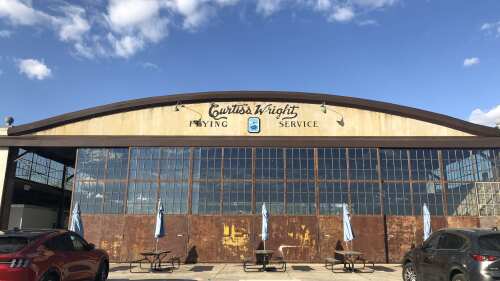Table of Contents
A graveyard, bridge + schools
There’s a lot one could learn about Lake Murray. Like the fact that there are graves and a bridge underneath all that water, or the fact that the next time you bring the boat out on the lake, you could be floating over a school (once filled with students + teachers). To save you some time, we’ve done the research and included nine fun facts about Lake Murray’s underground history (and linked to sources you can continue reading in your spare time).
- Lake Murray was built in the 1920’s – and at the time, was the largest (50,000 acres) man-made lake in the country.
- There’s a graveyard on the bottom of the lake with 2,300+ graves from the 1800s, including headstones and markers.
- The Wyse Ferry Bridge still exists under the water. Divers discovered names of the construction workers who built the bridge in 1911 written on the concrete.
- The majority of a stone house is still standing underwater, with four walls + the roof still intact.
- A B-25 Mitchell plane crashed into the lake during WWII – and the remains weren’t recovered for several decades. One interesting item found was the watch of co-pilot Robert Davison, whose wife had given him the watch and was still paying it off when the plane crashed in 1943.
- 75% of Lake Murray was wooded – prior to becoming Lake Murray. The rest was 9 towns made up of nearly 5,000 residents.
- 6 schools + 3 churches had to be moved prior to the lake being filled with water.
- Five towers along the Lake Murray dam use water from the bottom of the lake to control the hydroelectric plant.
- In 2002, construction began on a backup dam to alleviate pressure from high levels of water – and with more shallow coves, remnants of the old towns, such as grave sites and crosses, were exposed to visitors.
Quiz











